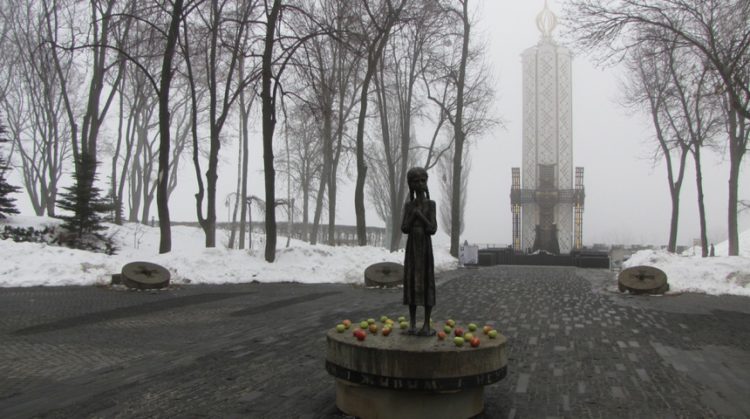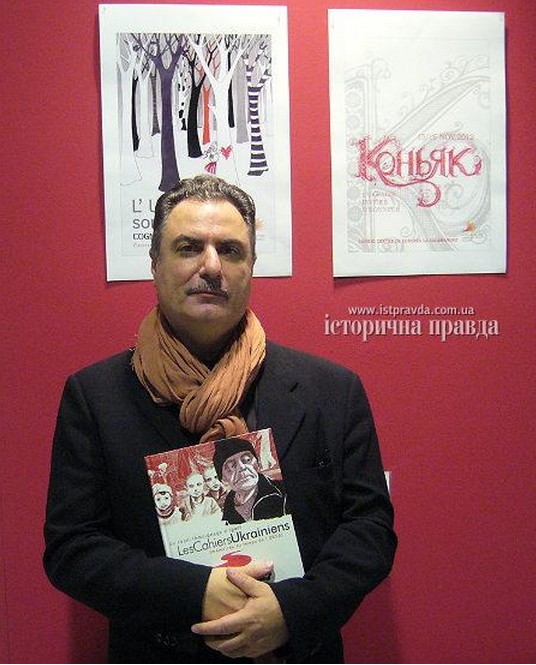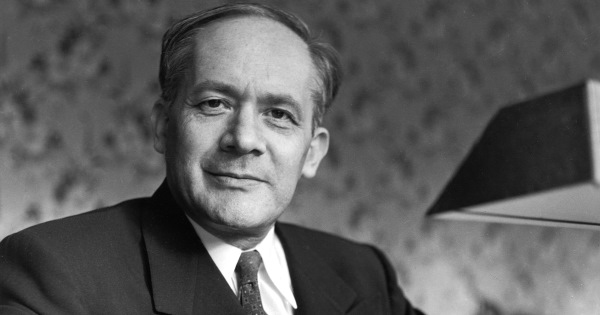Establishing the exact death toll of the Holodomor, an artificial famine unleashed by Soviet dictator Stalin that took the lives of millions of Ukrainians in 1932-1933, has been a complicated affair. Recently, it turned brutal as historians accused Ukraine’s Holodomor Museum of falsifying history and promoting the “unscientific” number of 10.5 million in an open letter addressed to President Zelenskyy, Prime Minister Shmyhal, Foreign Minister Dmytro Kuleba, Education Minister Serhiy Shkarlet, Culture and Information Policy Minister Oleksandr Tkachenko, National Security and Defense Council Secretary Oleksandr Danylov, and President of the World Congress of Ukrainians Paul Grod. Signatories claim any revision of the conventionally accepted estimates, the most widespread of which is 3.9 million, must happen only after the methods used will be vetted by the scientific community.
The signatories, who include prominent Ukrainian historians of the Ukrainian History Institute and other institutions, as well as journalists, accuse the Museum of the following:
- at an international forum organized by the Museum on 7 September 2021, the results of a comprehensive forensic statistical and examination (henceforth — Examination) were presented, which puts the number of Holodomor victims as 10.5 million. The results of this Examination was published in the book “Genocide of Ukrainians in 1932-1933 according to pre-trial investigations” (Kyiv, 2021);
- the materials presented in the Examination “were selected tendentiously, some were openly falsified, and the method of determining losses is described descriptively and has not passed any scientific testing”;
- researchers from different countries estimate losses from the Holodomor as 2.6 mn to 5 mn. Ukraine’s Ptukha Institute of Demography and Social Studies places the number at 3.9 mn; these results have been published in Ukrainian and international peer-reviewed journals;
- historians and demographers have noted that the Examination contains falsifications and methodological mistakes. They do not argue that the conventional and legally approved number cannot change, yet insist this can happen only via scientifically verified arguments;
- Ukraine’s Institute of National Remembrance (UINR) asked the History Institute to assess the methodology used in the Examination; the latter answered that the available data do not allow making the conclusions contained in the Examination. Therefore UINR warned against using these conclusions in official communication and legal practice until their final verification;
- the Holodomor Museum, however, is promoting this data in Ukraine and the world as scientifically verified, and has planned to show the film “10.5” in Ukrainian embassies and consulates worldwide, and the same data was presented on 9 Movember in the Permanent Representation of Ukraine to the UN;
- a media campaign to discredit Ukrainian and international researchers who abide by scientifically sound estimates is underway, where the compilers of the mentioned book “undermine attempts at a constructive scientific debate and accuse opponents of genocide denial, anti-Ukrainian positions, and even defending Russia’s interests”;
- the Holodomor Museum is currently led by Mykola Herasimenko, a member of the scientific council of the Holodomor Research Institute, who pressures researchers to falsify facts;
- former employees of the Museum started going public about the “unfavorable atmosphere and authoritarianism in the Museum”; 86 employees were fired or resigned during 2015-2021, informed the Museum’s director Olesia Stasiuk;
“Increasing the number of Holodomor victims without sufficient thorough, factual, and verified research causes irreparable damage to the restoration and preservation of the national memory of the Ukrainian people. This step portrays the greatest tragedy of the Ukrainian people as a subject of manipulation, where the number of victims is determined not by objective research, but by falsifications,” the open letter states, asking to stop the dissemination of the Examination materials, for the Northern Office of the State Audit Office and the State Labor Service of Ukraine to initiate an inspection of the Museum’s activities, and to verify the role of Mykola Herasymenko as a manager of the Museum and organizer of the book “Genocide of Ukrainians in 1932-1933 according to pre-trial investigations.”
The Holodomor death tolls are notoriously difficult to estimate because the Communist authorities of the time attempted to cover up the mass crime by falsifying statistical data and concealing deaths. Nevertheless, statisticians and demographers manage to employ a variety of methods to provide reasonable estimates. They are briefly described in our overview material adapted from the website Likbez, which has a mission to dispel historical myths and promote historical literacy:
After the publication of the open letter, Ukraine’s Institute of National Remembrance announced it will create a working group to analyze the existing expert statements and research of specialists, consulting with independent Ukrainian and foreign researchers, particularly on methods used to calculate genocide victims, and will present their conclusions to the public and to the Security Service, to be taken into account while preparing a new pre-trial examination regarding the circumstances of the Holodomor.
However, the Holodomor Museum kept smearing historians who spoke out against the Examination in now-deleted Facebook posts. In reaction, the Ministry of Culture and Information Policy stressed that “the museum, as a research institution, cannot smear opponents and operate with evaluative judgments. Any newly discovered data on the number of victims should be carefully studied by specialists and should not be manipulated in any case.”
Asked for a comment in response to the open letter, Holodomor Museum director Olesia Stasiuk wrote to Euromaidan Press the following:
“The information contained in the so-called ‘Open Letter’ is inaccurate. Some claims are outright surprising. The ‘authors’ of the letter are trying to stop scientific research on the consequences of the Holodomor-genocide of Ukrainians through information attacks: that is, the extermination of 10.5 million Ukrainians, including 4 million children. I call on civil society to unite and repel anti-Ukrainian forces. Ukrainians have the right to know their true history, which is still concealed.”
Hennadiy Yefimenko, a historian at the History Institute, co-signatory of the open letter, and author of many materials on Holodomor death tolls, commented to Euromaidan Press that he believes the book containing the falsified Examination was published on purpose, “to ignite a scandal.” Explaining why the circulation of the published book was limited in Ukraine (historians were challenged to find a copy of the published materials), he told:
“A scandal after the publication of such a book is absolutely inevitable, because it is not only published by the Museum, but there were claims to endorse the conclusions stated there as official, ‘state’ ones. That is, to make falsehood and lies about the Holodomor as the official position. And that is why the issues were not available, in order to delay the time of processing and, consequently, criticism [from historians – ed]. I believe that this plan to not only ignited a quarrel in Ukraine, but also gave good reasons for the discreditation of Ukraine abroad … to not only finally stop the recognition of the Holodomor as genocide, but also to discredit Ukraine in general and to marginalize the very topic of the Holodomor in world research.”
Currently, 17 countries recognize the Holodomor as genocide, and one of Ukraine’s international diplomacy struggles includes increasing this number.
[hr]Disclaimer. Euromaidan Press editor-in-chief Alya Shandra is also a signatory of the open letter
Related:
- So how many Ukrainians died in the Holodomor?
- What to read about the Holodomor at Euromaidan Press
- Holodomor: Stalin’s genocidal famine of 1932-1933 | Infographic
- See which countries recognize Ukraine’s Holodomor famine as genocide on an interactive map
- Was Holodomor a genocide? Examining the arguments
- Holodomor, Genocide & Russia: the great Ukrainian challenge
- More is not better. The deleterious effects of artificially inflated Holodomor death tolls
- Holodomor: Stalin’s punishment for 5,000 peasant revolts








